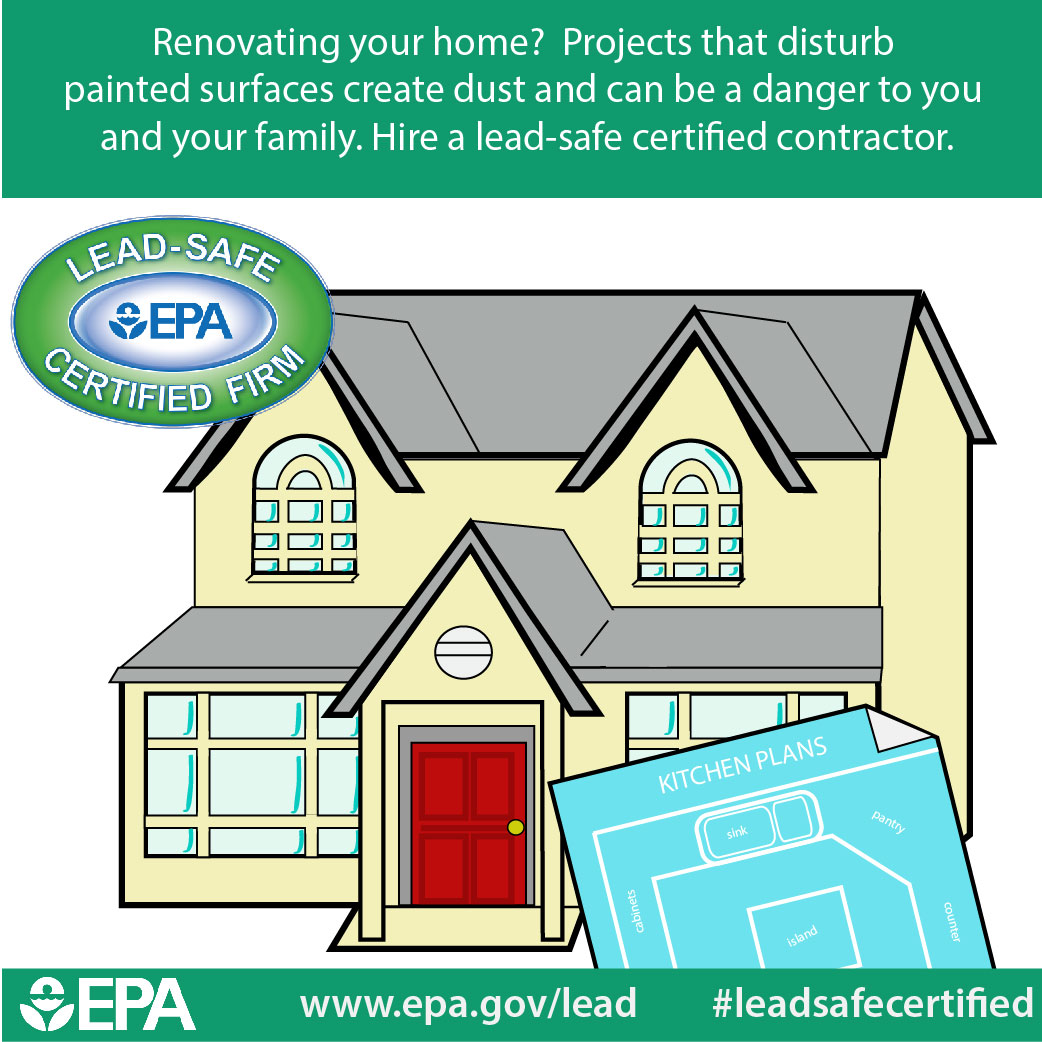Getting Your Walls Ready For A Smooth Paint Application
Getting Your Walls Ready For A Smooth Paint Application
Blog Article
Material Author-Levesque Hjelm
Accomplishing a remarkable paint job begins with thorough wall prep work. From filling out blemishes to priming surface areas, each step plays a crucial duty in the final result. But what regarding those challenging edges and sides that can make or break the general appearance? Keep tuned to uncover skilled ideas on exactly how to browse these difficult locations with skill, making sure a smooth surface that will raise your area to brand-new elevations of elegance.
Wall Surface Inspection and Repair
Evaluating wall surfaces for any kind of imperfections and promptly resolving them with needed fixings is essential for achieving a smooth and perfect paint work. Before starting the painting process, thoroughly check out the wall surfaces for splits, holes, dents, or any other damage that might influence the outcome.
Beginning by completing Read the Full Post of splits or openings with spackling compound, permitting it to dry completely prior to sanding it to develop a smooth surface area. For larger damages or harmed locations, consider utilizing joint substance to ensure a smooth fixing.
In addition, check for any kind of loosened paint or wallpaper that might require to be eliminated. Scrape off any kind of peeling paint or old wallpaper, and sand the surface area to develop a consistent appearance.
It's additionally necessary to examine for water damages, as this can bring about mold growth and affect the attachment of the new paint. Address any water spots or mildew with the ideal cleaning remedies before proceeding with the painting procedure.
Cleaning and Surface Preparation
To ensure an immaculate and well-prepared surface area for painting, the next action involves completely cleaning up and prepping the walls. Begin by dusting the wall surfaces with a microfiber towel or a duster to eliminate any loose dirt, cobwebs, or debris.
For even more stubborn dust or crud, an option of moderate detergent and water can be made use of to carefully scrub the walls, adhered to by a thorough rinse with tidy water. Pay special attention to locations near light buttons, door handles, and walls, as these have a tendency to build up more dirt.
After cleaning, it is important to examine the wall surfaces for any type of cracks, holes, or flaws. These ought to be full of spackling substance and sanded smooth once completely dry. Fining sand the walls gently with fine-grit sandpaper will additionally help create an uniform surface for paint.
Priming and Taping
Prior to paint, the walls need to be keyed to make sure correct bond of the paint and taped to secure adjacent surface areas from roaming brushstrokes. Priming acts as a crucial step in the painting process, specifically for new drywall or surfaces that have been patched or fixed. It assists seal the wall surface, creating a smooth and consistent surface area for the paint to stick to. In https://cabinetpaintersnearme37914.csublogs.com/40870198/revitalize-your-kitchen-by-painting-it-once-again , guide can improve the resilience and insurance coverage of the paint, inevitably bring about an extra specialist and durable coating.
When it involves taping, utilizing painter's tape along trim, ceilings, and other surface areas you intend to protect is essential to attain tidy and crisp paint lines. https://messiahtbhlr.anchor-blog.com/14197802/wondering-exactly-how-to-locate-the-perfect-painting-contractor-for-your-project-get-specialist-guidance-on-choosing-the-ideal-suit-for-your-demands is designed to be conveniently used and gotten rid of without harming the underlying surface or leaving behind any type of residue. Make mouse click the next article to effectively tape off areas before repainting to save on your own the inconvenience of touch-ups in the future.
Verdict
Finally, properly preparing your walls prior to painting is essential for achieving a remarkable surface. By examining for blemishes, cleansing extensively, topping the surface area, and utilizing painter's tape for clean lines, you can make certain a professional-looking paint job.
Putting in the time to complete these steps will result in a smooth and resilient finish that enhances the general appearance of your area.
